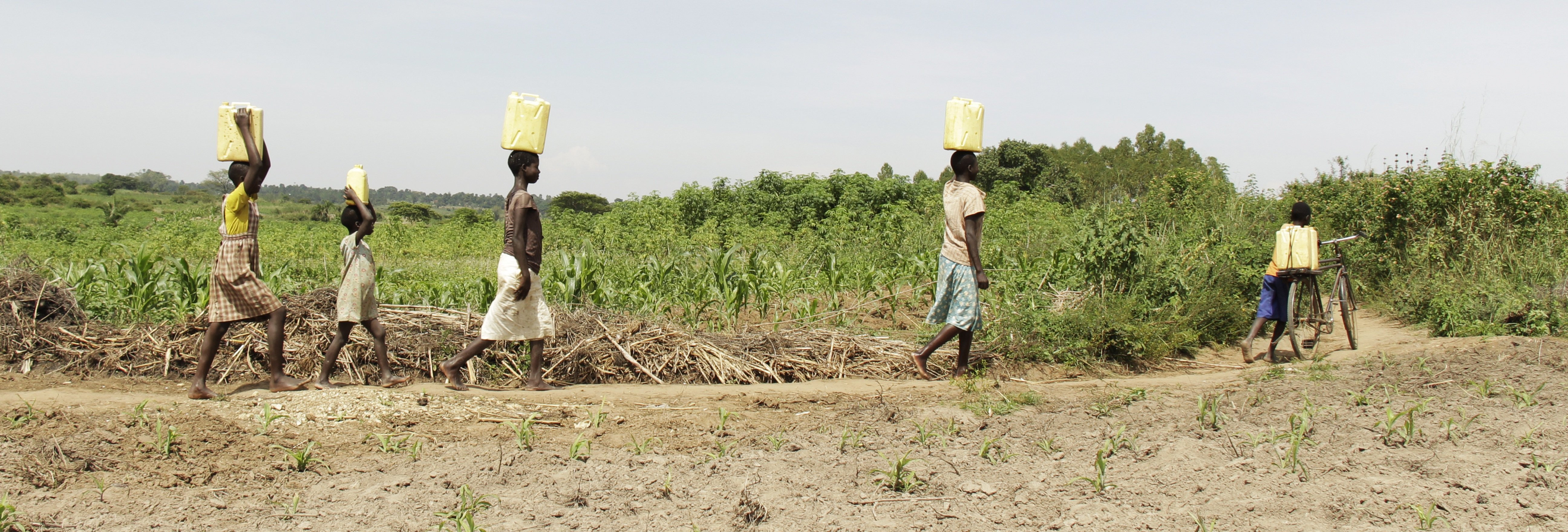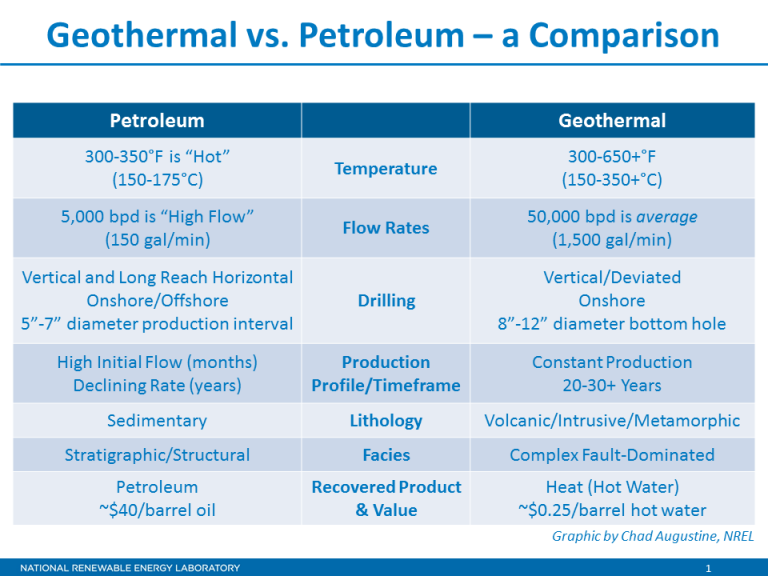
An underground solution to drought?
Whilst the incidence of drought in the Horn of Africa has been increasing, so too have ground stores of water.
Summary: Researchers from the universities of Cardiff, Bristol and Berne found that whilst over the last 40 years droughts have been happening more frequently in the Horn of Africa, water storage underground has been increasing suggesting that groundwater resources could offer solutions to mitigate the worst impacts of droughts.
Why this is important: Drylands cover more than 40% of the Earth's land surface with the bulk in Africa. However, more than 25% of drylands can be found in developed nations.
The big theme: Water is the critical resource to sustain life on this planet. It is essential for our bodies and those of the other living species on the planet as well as being an important resource in industry. Its availability, especially in potable form, is a macro risk factor as well as being an opportunity for innovation that investors can drive. Another risk factor for investors is that of stranded assets in those industries being transitioned from such as fluid fossil fuels. Could innovative redeployment of those assets both physical and intellectual present an opportunity to counteract that risk in areas such as water?
If you are not a member yet, to read this and all of our blogs in full...

The details
Summary of a research paper from Geophysical Research Letters
More than 60% of the population living in the Horn of Africa Drylands (HADs) suffer moderate or severe food insecurity which is more than any other region in the world. It is a pastoral agricultural economy (i.e. livestock dependent) and so closely tied to the weather and climate. The rainfall is highly variable, seasonal and has been inconsistent over the past 40 years with droughts becoming more severe and more frequent with knock on effects for food and water security. For example, the 2016-2017 drought led to more than 13 million people facing extreme hunger as crop yields were low.
Researchers from the universities of Cardiff, Bristol and Berne analysed rainfall and water storage data and found that while total seasonal rainfall in HAD had declined in recent decades, especially during the agriculturally important 'March-April-May' rainy season, total water storage had actually increased between 2003 and 2016. Heavy rain showers have become more common and are effective in refilling ground stores of water.
The team concludes that it would be possible to identify those areas of HAD where groundwater could become more abundant and investment in monitoring and building of local sand dams and groundwater pumping equipment to use these aquifers to provide reserves during dry periods and increase the resiliency of the region.
Why this is important
Water is such an important resource not only because we as humans need it to sustain ourselves but also its importance in agriculture in providing long term food and economic security. Drylands are defined as areas where the aridity index (ratio of annual precipitation to potential evaporation and plant transpiration) is between 0.05:1 and 0.65:1. They cover more than 40% of the earth's land surface with the bulk in Africa - 90% of Kenya, three-quarters of Tanzania and two-thirds of Ethiopia are drylands. However, more than 25% of drylands can be found in developed nations. In Europe there are areas at risk of desertification including parts of southern Portugal, parts of Spain and southern Italy.
As this example of the Horn of Africa drylands demonstrates, there could be enough water to at least provide a buffer from seasonal rainy seasons through abnormal dry periods if underground water can be tapped and deployed appropriately. That water is stored in aquifers which are are layers underground that can hold water, sometimes for years, usually made up of permeable rock or fractures in rock. One important consideration in tapping aquifers is that they don't adhere to geographical borders and so cross-national cooperation is likely needed for any infrastructure to tap their potential.
Of course climate change can bring flooding as well as drought. Nature based or inspired solutions can be used there too. 'Sponge cities' are one example can reduce the risk of excess storm water leading to flooding and associated damage.
Something we have talked about before with regards the transition is that if the amount of oil & gas being used to generate energy or to be used in chemical processes reduces going forwards then stranded assets are unavoidable. These 'stranded assets' are not just installed, in situ infrastructure but also expertise and people. Could that expertise be redirected from drilling and piping oil and gas to drilling and piping water? There are some big differences. Traditional oil and gas wells are typically much deeper than groundwater sources, although some fracking does take place at much shallower depths similar to aquifers. Oil well drilling rigs will have blowout preventers to regulate pressure from deep underground, whilst water drilling rigs just don't go deep enough to warrant them. The bore holes will be smaller and overall the equipment will be simpler. On the pipeline side, temperature is much more important with oil, for example, given viscosity considerations. Certainly in the tropics the temperature will not drop enough for water to start to freeze (which would obviously impact flow). Having said all of that though, Oil and gas engineers and chemical engineers are smart and innovative. I am hopeful that they can come up with effective and efficiently deployable solutions to make the best use of that groundwater. Sensing and mapping expertise and technology for example could enhance the efficiency of projects to tap that ground water.
Could that expertise be used to tap the ground in other ways? Geothermal energy and ground source energy systems such as 5th generation district heating networks could be a key element of the renewable energy system. The comparison between the drilling technologies is much closer than with water.

Geothermal fluids from wells that have already been drilled by oil and gas developers could be used to generate power which has the benefit of extending the economic life of what could otherwise have been a stranded asset, whilst also delivering lower GHG emissions power. There are companies that are building equipment to do this. Exergy, for example, has more than 370 MW of geothermal power generation capacity installed or under construction.
Innovation can come from both new technologies or redeploying existing, older technologies and expertise in new ways. Investment opportunities exist for both.
Something a little more bespoke?
Get in touch if there is a particular topic you would like us to write on. Just for you.
Contact us
Please read: important legal stuff.

